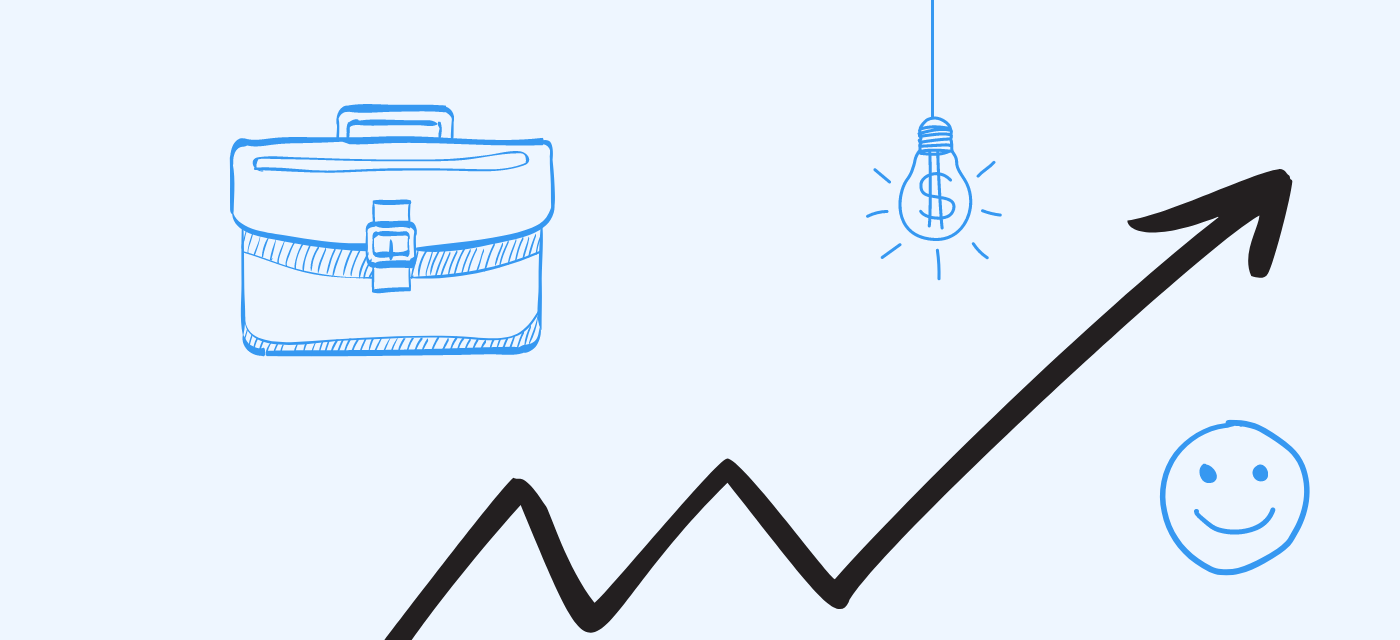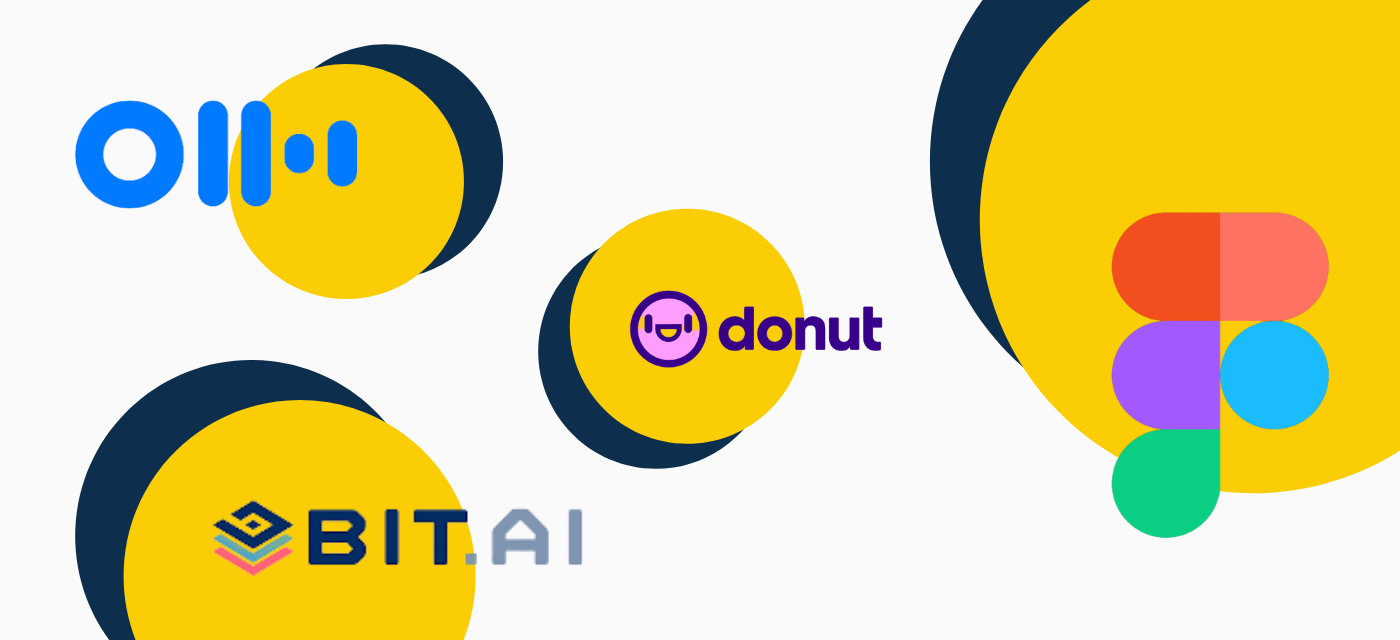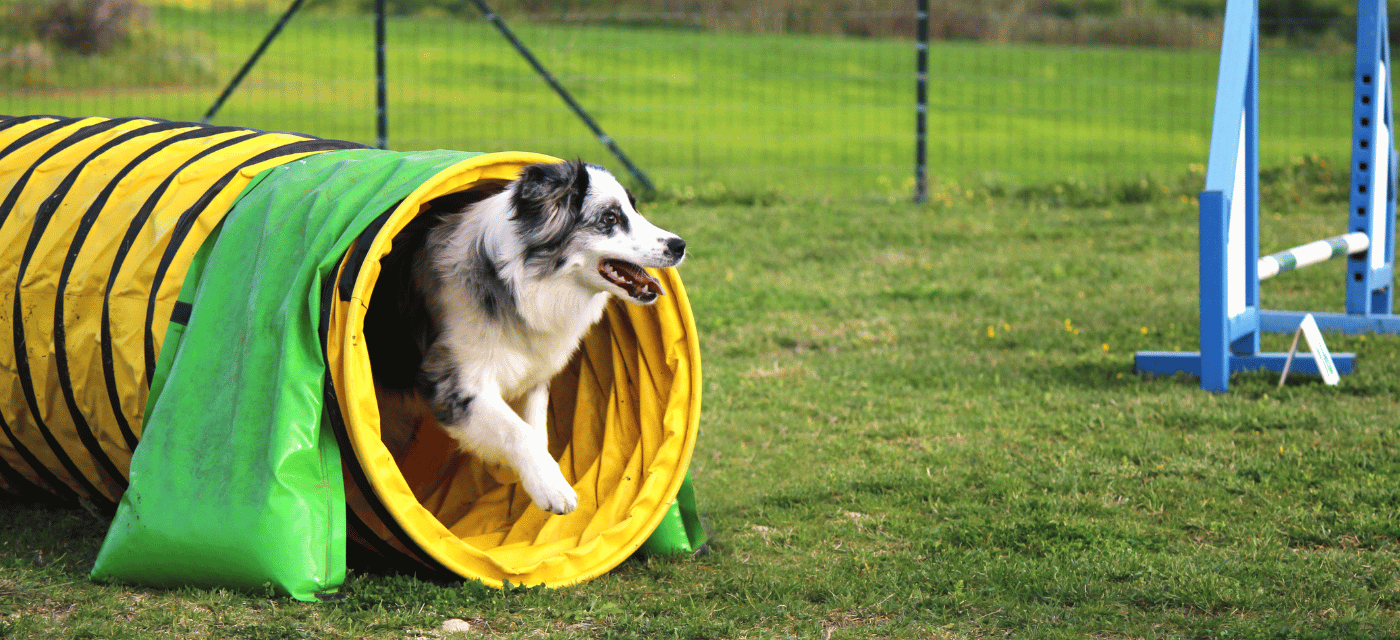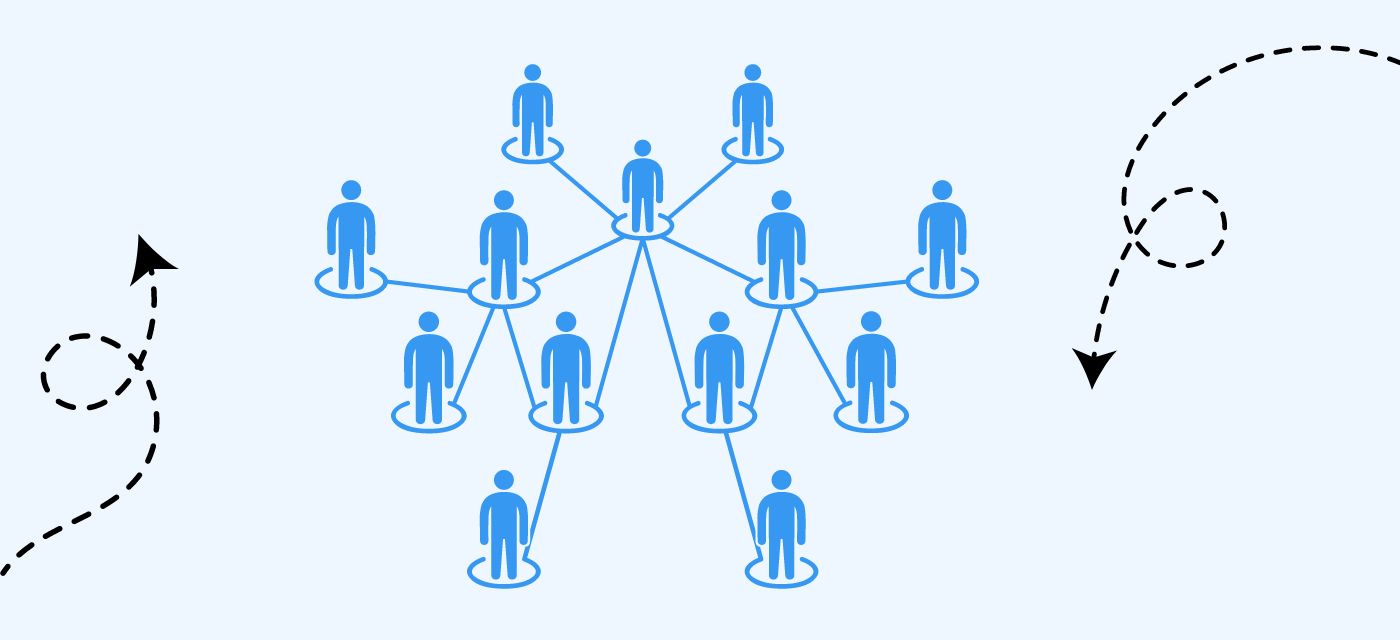“Too much of organisational life is filled with busy work, unnecessary meetings and forms and processes that don’t add value. But a crisis is a great time to redesign how we work.” - Jeffrey Pfeffer, Professor of Organisational Behaviour, Stanford
Let’s start with some facts.
Not so long ago, the future of work seemed like a giant leap away. Now we’ve moved into the future out of necessity! This is a decisive time for businesses — to step forward consciously and with intent…or to retreat to the ways of old.
Since Henry Ford introduced the 40-hour work week, the 9-5, office-based model has been our default setting. But a lot has changed since then:
- The nature of work has changed over the past hundred years to be made up largely of of automated repeatable processes & knowledge work
- We’ve gone from all working homogeneously 5 days a week in the office to working asynchronously — on different schedules, hours and in different locations.
- The way people want to work has changed — today, Beam’s research shows 84% of people want a mix of WFH and office-based work ongoing, and 59% of people want to keep having more time with family after COVID. Priorities have shifted.
- Technology means we’re more efficient, but always on. The pace we work at has increased dramatically, taking a huge toll on our mental and physical health.
- We now bundle work into projects, sprints and teams with complementary skills.
- And, more recently, the need has emerged to constantly re-prioritise, pivot the focus of work and work to evolving objectives.
BUT the way we structure work and teams has not changed since the 40-hour week was introduced 71 years ago. A silver lining of COVID-19 is that work-wise, we’ve been able to:
- Test whether remote work can be productive (and it has been!)
- Increase trust
- Increase care
- Subconsciously bust myths about who values the freedom to choose when, how and where to work
But there’s still a huge gap between the way people want to work, including business leaders, and the way their organisations are designed to work.
It’s time to rethink the way we work.
The new revolution — flexible working. Shifting the focus to work done, not time at a desk.
“[We] need to devise better measures of output: has a project been completed within schedule, did the team work well together, is the report of a high quality? These are much more effective yardsticks of success than whether staff clock in at 9 o’clock each morning.” - Jane Parry, Post-Doctoral Researcher
As research comes in around flexible work, we’re finding out again and again that it can be the ultimate win-win.
When we talk about flexible working, we mean tailoring when, where and how you work for optimal client, stakeholder and team outcomes, and your personal life circumstances. That will look different for every company and different for the teams within companies. It can include flexible start and end times, reduced hours such as part-time or job-share roles at every level, flexible locations such as blended work from home/office-based or personalised arrangements such as school term time.
More flexibility can actually lead to greater productivity and team performance as well as greater staff wellbeing.
Research has also shown that hours spent working do not equal hours spent getting things done. In fact, 25 hours of work a week is optimum for people to work at top cognitive function.
This isn’t to say more hours at work aren’t valuable. There is enormous value for business outcomes in collaboration time, brainstorming time, culture-building time. However, forward-thinking companies — and individuals — are starting to realise that there’s value in protecting people’s time for deep, focussed work.
It’s time to work smarter, not harder, as they say.
So how can you get your best focus work done?
Productivity hacks: how to be your best self at work — and get the best from your team too
It’s easy for the lines between home and work to become blurred. Be thoughtful about how you create these boundaries for yourself. Rituals matter.
- Have clear work and non-work times
- Mark the transition to and from work in ways that make sense for you.
- Make time for food breaks
- Make time for social interactions
- Get to know your body’s natural energy peaks and troughs and build them into your schedule where possible — take this chronotype quiz to understand your most productive hours and work with them
Say no to presenteeism
The value of work is quality and outcomes, rather than how often you’re working. We know that habits are ingrained, so even when you’re working in a company that values flexibility, you might still feel compelled to “show you’re working” by being in the office or online until late.
As a manager or teammate, keep this instinct in check — it can be a source of unnecessary stress. Keep your focus on achieving goals and outcomes.
Work to your rhythm
Get to know your body’s natural energy peaks and troughs and build them into your schedule where possible, and it synchs up with your team and stakeholder needs.
Take this chronotype quiz to understand your most productive hours and plan to work with them. Are you a night owl or an early bird — and how might this knowledge change the way you work? When should you be doing your focus work?
Set yourself up for deep thinking
Reflect on the important boundaries for you: times, spaces, communication channels. What do you find enables your flow? And what disrupts your ability to think deeply?
For example, when doing deep work, listen to music without lyrics (like classical music). Research shows language distracts but music focusses.
Create clear boundaries and transitions
Working from home? We know that people working remotely are highly productive but can be more at risk of feeling isolated and burnout — a UN report found that 41% of remote workers reported high stress levels, compared with just 25% of office workers.
Mark the transition to and from work in ways that make sense for you. Eg: dress for the work day, grab a coffee to kick things off, take a walk once you’re finished to leave the work day behind you — if you can’t leave the house, consciously stop your work, take a break and start something new. Focus on the rituals and habits which create positive work and personal time.
Stay flexible — and be prepared to change!
This is a new way of working. Invariably you’ll have weeks where things don’t work… you’ll be more distracted than you want to be… or your work will seep into your home life.
This is a work in progress. Look at WHY it didn’t work well — and adapt. Share your findings with the team.
Chunk up time…
Once you understand your personal energy peaks and troughs, and your team-mates’ work preferences as well, you can plan your days and weeks to be highly effective. Use your calendar to plan your time and visually share with your team when you’re not ‘on’.
Prioritise
There’s always more work to do. The trick is to prioritise the highest value work, considering client, stakeholder and team needs. Which “3 big rocks” are most important? What is most urgent? Can you tackle your inbox just a couple of times a day and turn off notifications during deep work, so you can tick off your 3 rocks at the end of your day and feel that rewarding sense of accomplishment?
Self-care
Make time for YOU, breaking for food, exercise and social. Set a timer! Put down the phone. Get some air. You’ll do your most productive, best work when you can focus.
Communicate. And then communicate some more.
Flexibility simply cannot work without great communication between teams and individuals.
- Set clear rules of engagement: eg. What are emails and meetings used for? How can we minimise them?
- Make sure everyone understands their team-mates’ communication preferences.
- Work out the best way to communicate deep thinking times as a team — and respect these boundaries for each other. Eg. Real or virtual flags. At Beam we use the palm tree on Slack to indicate we need uninterrupted focus time.
Focus on outcomes
This is always true. But if you need to reduce work-from-home distractions, focus on the outcomes you want to deliver. Consider doing one clear thing at a time. Try the Gary Keller approach: “What’s the One Thing you can do such that by doing it, everything else will be easier or unnecessary?”
What does that look like for today, this week, this month?
Challenge yourself
The biggest risk of remote work isn’t a lack of productivity — in fact studies show that goes up — but loneliness and mental health issues related to isolation, and feeling like you should always be “on”. With community anxiety all around us at the moment, it’s important we take extra care of ourselves, our team members, our leaders and our external stakeholders as well. Community is important, even more so as we’re socially distancing.
Be intentional about looking after yourself — and if you think you might struggle, pair up with someone who can prompt you! Consider building breaks and exercise into your calendar. If you’re an extrovert who needs lots of social interaction, plan for virtual or in-person catch-ups.
Communicate
When everyone is in an office, you can pick up on how they’re feeling or how busy they are without them having to say anything. This is much harder to do when you’re all remote.
If you’re concerned about something or need assistance from a team member, be clear about what’s going on! Overcommunicating is definitely better than undercommunicating right now.
“What’s the One Thing you can do such that by doing it, everything else will be easier or unnecessary?”
Remember that different people have different communication styles. In particular, under high stress, people react differently — most commonly people will either go into attack, retreat, hyper-control or passive aggressive. Be kind and reserve your judgment — know that people are getting through this stressful time in their own way and it’s likely not bringing out the best version of themselves in high-pressure conversations.
Stay on top of your health
How can you challenge yourself to be even better in this remote working environment than in the office?
How can you find extra productivity, how can you make even deeper connections with your stakeholders and team-mates?
How can you self-motivate and make great choices that lead to great work outcomes — and great outcomes for the other parts of your life?





